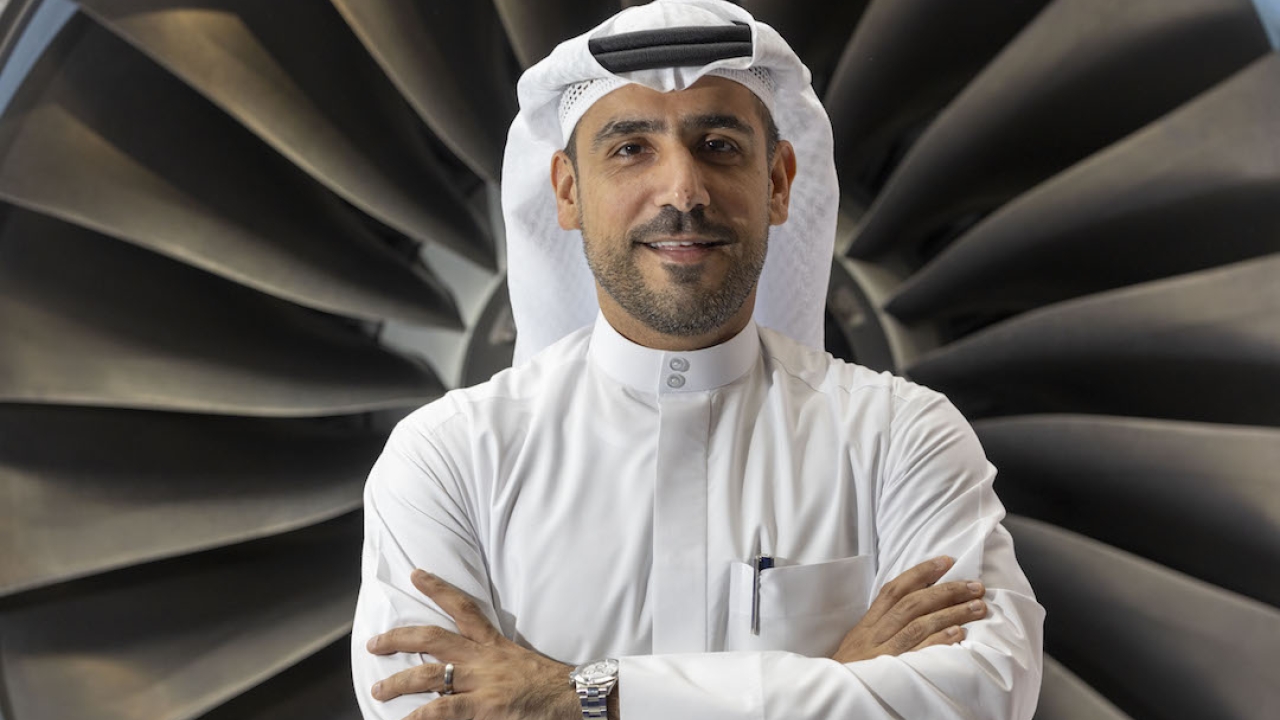HEICO plays its part in cost cuts
Maturity is a word being heard currently in reference to Middle East aviation, in particular the maturity of airlines and fleets. As Chuck Grieve reports, it signals a shift in emphasis for some carriers from all-out growth to sustainability and the inevitable focus on cost-savings.

As Jim O’Sullivan, vice-president of sales and business development for parts supplier HEICO Aerospace, sees it, competition has become more intense, especially for the ‘big three’ Gulf carriers – Emirates, Etihad Airways and Qatar Airways – as their European and North American rivals become more customer-centric and price-focused.
“The big three used to compete against the world; now they’re competing with each other,” he said. “Much of their differentiation comes in the customer experience. You can never compromise; services have to be maintained and continuously improved.
“When you look for cost savings, maintenance operations enter the picture. Here we’ve seen a huge increase in the appetite for alternative solutions.”
That’s music to the ears of HEICO. The US-based company, which describes itself as the world’s largest supplier of commercial, non-OEM, FAA-approved aircraft replacement parts, has been championing the benefits of alternative parts (PMAs) for more than 20 years in the region.
Demand for HEICO’s products is increasing, said O’Sullivan. Customers who historically did not look for savings in maintenance are now seeing it from a different viewpoint.
He said the company is seeing a surge in demand for cabin interior products – a logical result of earlier investments lavished on unique fittings, particularly in the premium cabins. Having established ultra-high cabin standards for brand differentiation, airlines have to maintain them – often at substantial cost.
A lot of interiors are being changed out more frequently for cosmetic reasons, he said. “This creates a huge burden of operators’ maintenance costs.”
Another development, he said, is fleet maturity and the increasing maintenance costs of ageing, out-of-warranty aircraft. Their utilisation is huge – probably 12-15 hours a day, every day. That takes a toll on aircraft systems, most of which are subject to replacement either on condition or ‘hard removal’ times.
The dynamic has shifted to supporting aircraft in hangars, said O’Sullivan. Naturally, as a fleet faces more heavy maintenance checks, the demand for replacement materials and spares will increase.
Buying replacements from the original interior supplier can be prohibitively expensive; OEMs are set up to supply complete shipsets, not small batches.
O’Sullivan said the region is “hugely important strategically” for HEICO. “The potential for growth is getting greater all the time,” he said. “You can’t ignore it.”
Even without the big three, the region contains players of significant size. Some, such as Saudia, have invested heavily in new technology and aircraft. Under the kingdom’s Vision for 2030, Saudia’s maintenance arm, Saudi Aerospace Engineering Industries (SAEI) is looking to become a centre of excellence to support other Middle East carriers.
HEICO is agnostic in its support. The company has no manufacturing capability in the Middle East but always has an eye open for opportunities to invest where there is a market need. “We’re a publicly owned company, responsible to our shareholders. We’re interested in strategic alignment to react to market demand,” said O’Sullivan.
The company stockpiles spares based on a carrier’s forecast usage of parts. “If they say they’re going to have 25 aircraft in the hangar undergoing D-checks and forecast a need for, say, seat arm caps, we’ll manufacture them up front. When they’re needed, we ship the parts for delivery the next day.
“Typically, OEMs can’t do that. They aren’t set up to carry that inventory. The customer’s lead time becomes elongated – often unacceptably – if there is no alternative to the OEM starting up production again.”
HEICO relies heavily on customer projections to make sure inventory is in place. “We may hold 100 pieces for a customer’s unique cabin design, or 10,000 pieces common to a type,” said O’Sullivan.
Stay up to date
Subscribe to the free Times Aerospace newsletter and receive the latest content every week. We'll never share your email address.

